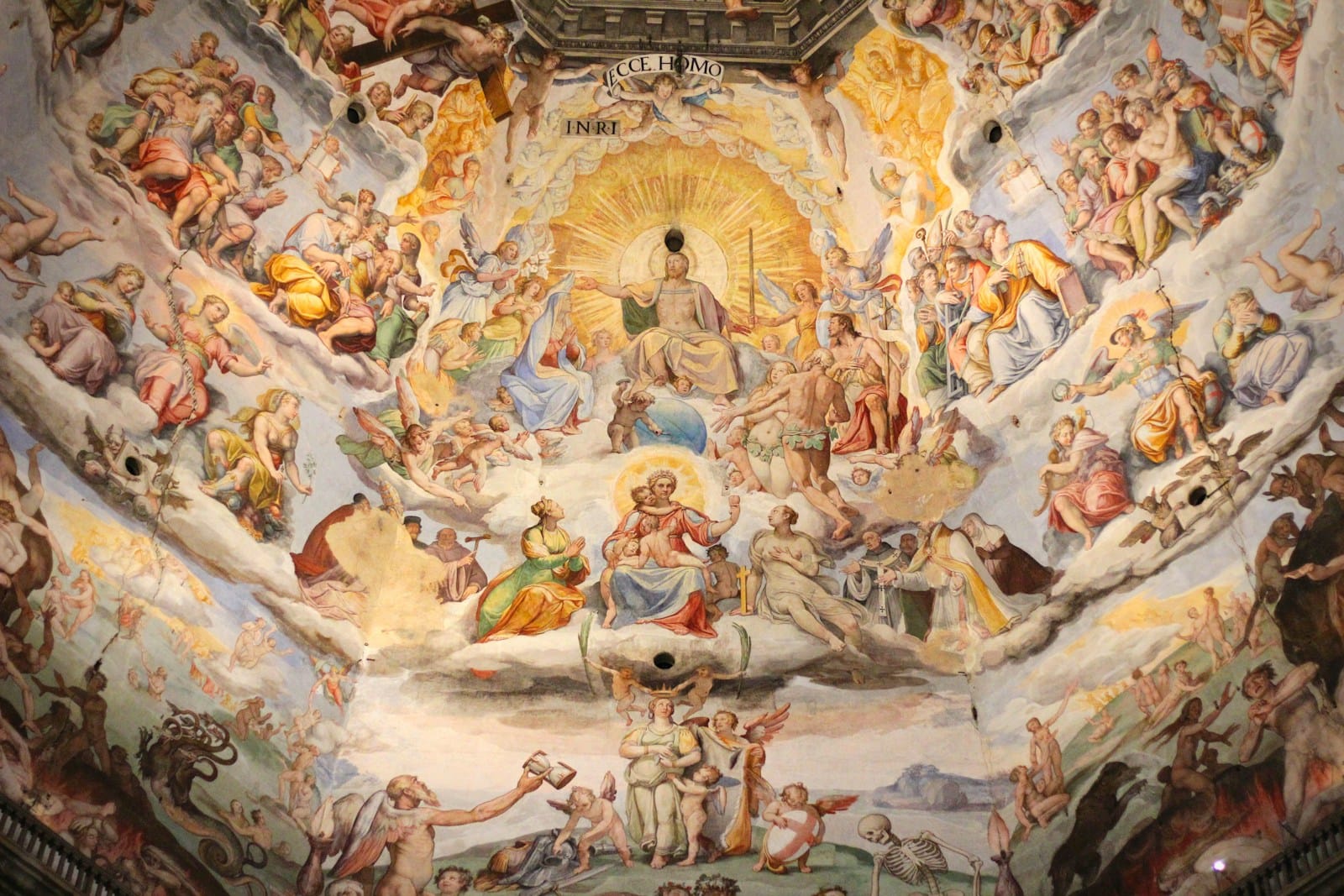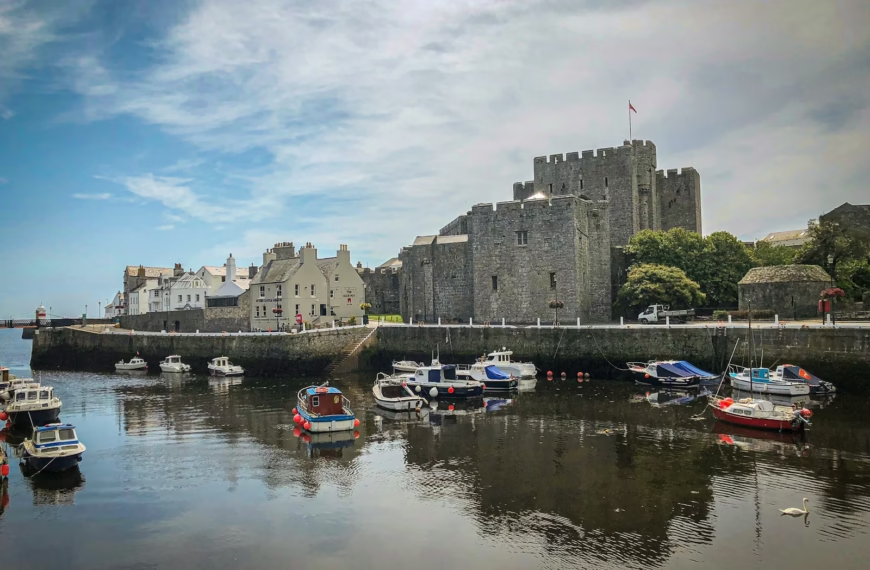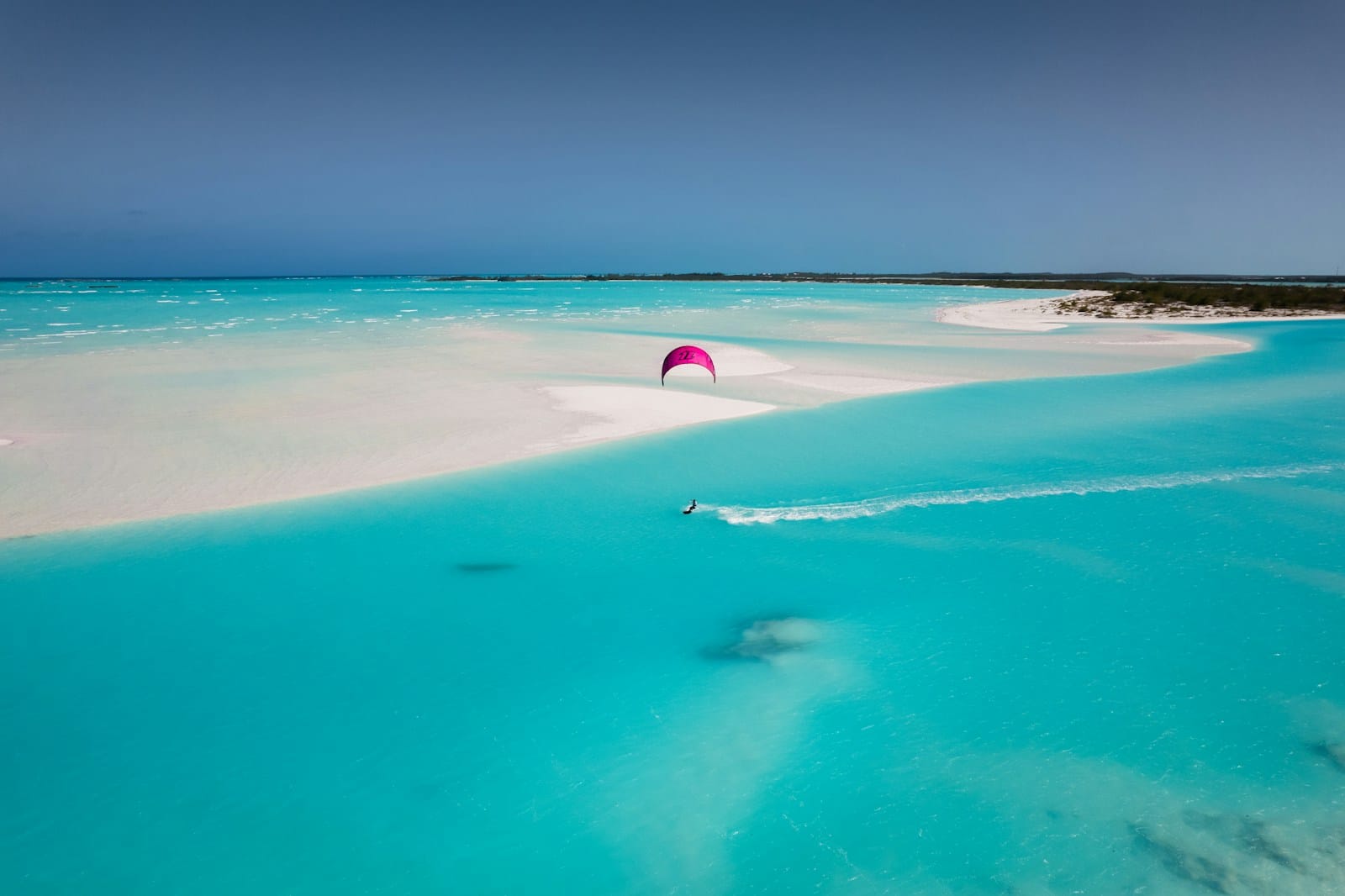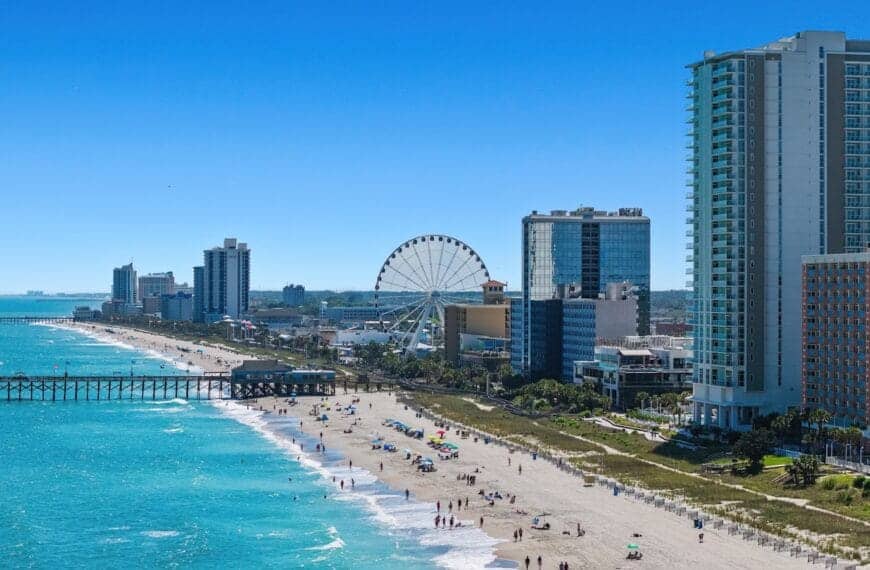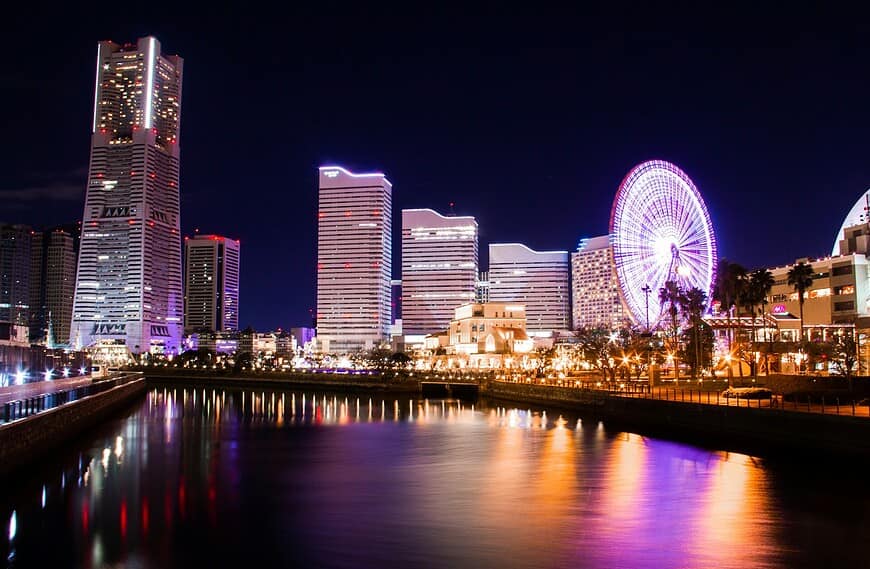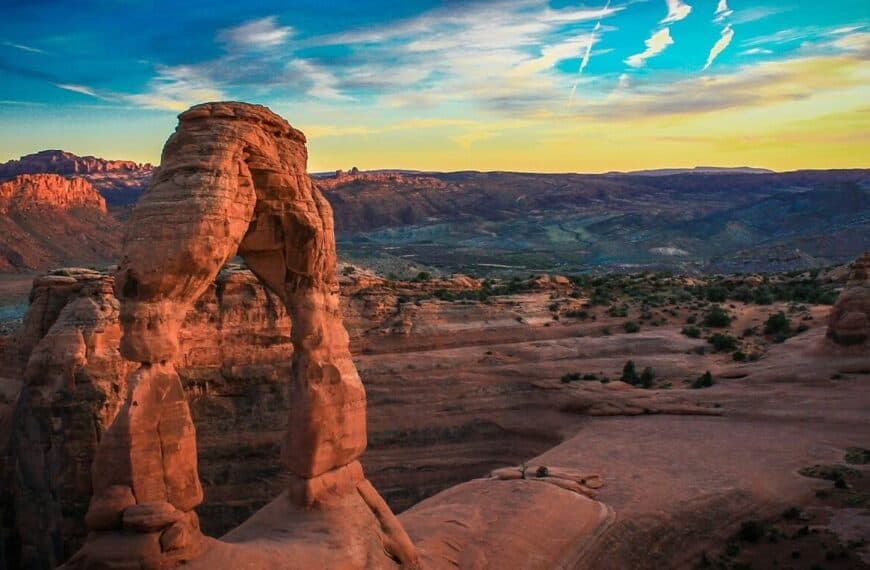Sistine Chapel Attractions – Vatican’s Greatest Masterpiece
Intro to Sistine Chapel
Step beneath the divine ceiling where Michelangelo changed the world.
The Sistine Chapel isn’t just a masterpiece — it’s the beating heart of the Vatican, home to art that shaped civilization and architecture that defined faith. Located within the Apostolic Palace, this sacred chapel draws millions who seek not just beauty, but a visceral connection to history, power, and devotion.
But the experience doesn’t end with that iconic ceiling. The Sistine Chapel is the jewel in a crown of world-class treasures: vast museum halls, sacred tombs, papal secrets, and one of the most extraordinary basilicas on Earth. Whether you’re a first-time visitor or a returning pilgrim, the attractions surrounding the Sistine Chapel will leave you in awe.
This guide dives into the Sistine Chapel’s most powerful attractions — from frescoes and architecture to the surrounding Vatican marvels — and offers essential travel tips to help you plan every step.
💡Quick Facts:
Destination: Sistine Chapel
Continent: Europe
Country: Vatican City (Sovereign City-State within Rome, Italy)
Administrative Division: Vatican Museums, Vatican City
Area: ~500 m² (interior chapel)
Population: N/A (tourist site, not residential)
Density: N/A
Capital: Vatican City (same)
Regions/Subregions: Part of the Vatican Museums complex; located near St. Peter’s Basilica
Official & Regional Languages: Italian, Latin; English widely spoken by staff
Currency: Euro (€)
Time Zone(s): Central European Time (CET) / Central European Summer Time (CEST)
Airports: Rome Fiumicino (FCO), Rome Ciampino (CIA) – both 40–60 mins away
Climate: Mediterranean – hot summers, mild winters
Known For: Michelangelo’s ceiling frescoes, The Last Judgment, Renaissance art, papal conclave location, architectural harmony, artistic pilgrimage
🛂Arrival Info:
– No visa required for Vatican entry; follows Italy’s Schengen visa policy
– All visitors must pass through Vatican Museums’ entrance; no direct street access
– Book entry online; tickets often sell out in peak season
– Passport or ID not required for chapel entry but is needed for Italy
💉Health Info:
– No special vaccinations required
– Vatican City has no hospitals — medical services accessed via Rome
– Emergency medical care in Rome is high-quality
– Travel insurance advised in case of sudden health issues during visits
– Italian Ministry of Health
✅ Check travel insurance options for travel emergencies, delays, and medical needs abroad — get coverage here
✅ Stay Informed with Official Updates: World Health Organization – International Travel and Health | Travel health updates
🚨Travel Advisory:
– Extremely secure with Swiss Guard and Vatican security
– Long lines common; book skip-the-line tickets or early access tours
– Pickpocketing risk in Vatican queues and Rome transport areas
– Conservative dress code enforced: no shorts, sleeveless tops, or hats
✅ Stay Informed with Official Updates: US Travel Advisory | UK Foreign Travel Advice
📅Holidays:
– Closed on Sundays and Vatican holidays (e.g., January 1, Easter Sunday, June 29, December 25–26)
– Special closures on papal conclave days or restoration works
– Peak visit periods: Holy Week (Easter), summer months (June–August), and Christmas season
– Wednesdays may have larger crowds due to Papal Audience events
💰Visitor Info:
– Entry via Vatican Museums: €17–€30 depending on type (standard, skip-the-line, guided)
– Online booking fee: ~€4; children under 6 free
– Tours available in multiple languages with expert art historians
– Book early morning or after-hours tours for fewer crowds
– Vatican Shops and cafés available before or after exit (not inside chapel)
✈️Airports:
– Closest airports: Rome Fiumicino (FCO) and Rome Ciampino (CIA)
– Vatican accessible via Rome Metro Line A (Ottaviano station – 10 min walk)
– Travel time from FCO to Vatican: ~45–60 minutes by train/metro or car
– Shuttle, taxi, and Uber also available from both airports
✅ Delayed or canceled flight? Check if you’re eligible for compensation
🚍Transport:
– Rome Metro Line A: Get off at Ottaviano or Cipro–Musei Vaticani
– City buses (lines 40, 62, 64) stop nearby
– Walking distance from Castel Sant’Angelo and St. Peter’s Square
– Taxis must drop off outside Vatican Museum gates – no cars allowed inside
– Arrive early in the day to avoid crowds and maximize your time inside
✅ Book reliable airport transfers and in-city rides in advance. Reserve your ride here
📶Connectivity:
– Free Wi-Fi not available inside the Sistine Chapel
– Cell signal may be weak inside museum halls
– Public Wi-Fi accessible in Vatican Museums courtyard, cafés, and Rome city areas nearby
– eSIMs and Italian SIMs offer strong data plans for visitors
– Photography and mobile phone use strictly prohibited inside the chapel
✅ Stay connected abroad with affordable eSIM data packs. Get your eSIM here
📜Laws & Etiquette:
– Dress code enforced: shoulders and knees must be covered
– No talking or photography allowed inside the chapel
– Silence is expected out of respect for religious significance
– Tour groups must remain quiet; audio guides and whisper systems recommended
– Flash photography and tripods banned throughout the Vatican Museums
🛡️Emergency Info:
– Vatican has its own Swiss Guard and security checkpoints
– Emergencies handled via Italian services: 112 (general), 118 (ambulance)
– Nearest hospitals: Santo Spirito Hospital and Ospedale Pediatrico Bambino Gesù
– Tourist info desks available inside the Vatican Museums
– U.S. Embassy in Rome
✅ Use embassy locator tools: Embassies Worldwide
🌦️Weather:
– Best time to visit: April–June and September–November for pleasant temps and smaller crowds
– Summer (July–August): Hot (30°C+), high crowds
– Winter (Dec–Feb): Cooler and quieter (10–15°C); best for indoor sightseeing
– Spring is ideal for combining Vatican visits with Rome’s outdoor sites
✅ Stay prepared—check the weather forecast for your destination — Weather Forecast
Why Explore Sistine Chapel Attractions?
The Sistine Chapel is more than a tourist stop — it’s a convergence of art, theology, and global legacy. Built in the 1470s under Pope Sixtus IV, its true fame began decades later when Michelangelo was commissioned to paint its ceiling. The result? A staggering narrative of creation, sin, and salvation.
But what surrounds the chapel is equally essential:
The Vatican Museums are among the world’s richest cultural institutions. St. Peter’s Basilica, visible from the Sistine exit, is the largest church on Earth. And nearby, hidden courtyards, sacred crypts, and garden sanctuaries offer experiences far from the crowds.
Many travelers visit without knowing how much there is to see. With the right route — and often, a skip-the-line pass — you can take in the Vatican’s greatest treasures in one unforgettable day.
Iconic Landmarks and Historic Sites
Sistine Chapel
This is the Vatican’s crown jewel. Known worldwide for Michelangelo’s ceiling (1508–1512) and his Last Judgment fresco behind the altar (1536–1541), the chapel is used for major religious ceremonies — including the Papal conclave.
Why it matters:
The ceiling’s narrative arc—from Creation to the Fall—is not just artistically unmatched; it redefined Renaissance art. The Last Judgment covers 860 square feet and features over 300 figures in dynamic, emotional motion.
Visitor tips:
– No photos or videos allowed
– Silence is enforced
– Visit before 10am or after 4pm to avoid peak groups
– Entry is only via the Vatican Museums
St. Peter’s Basilica
Located just steps from the Sistine Chapel’s exit, St. Peter’s Basilica is one of the most important churches in Christianity. Designed by Michelangelo, Bramante, and Bernini, it features soaring domes, marbled altars, and religious relics that span millennia.
Why it matters:
It’s the burial site of Saint Peter and home to Michelangelo’s Pietà. The scale is staggering — the dome is taller than the Statue of Liberty.
Tips for visiting:
– Entry is free, but security lines can be long
– Dress modestly (no shorts or bare shoulders)
– Climb the dome for panoramic views (€10–€12)
– Combine with a guided tour for historical insight
Vatican Grottoes and Papal Tombs
Beneath St. Peter’s lie the Vatican Grottoes — the final resting place of over 90 popes, royalty, and church figures. Pope John Paul II’s tomb attracts a steady stream of quiet visitors.
Why it matters:
This sacred space offers emotional depth beyond the grandeur above. You’re literally walking on layers of Christian history.
Visiting info:
– Entry via St. Peter’s Basilica (free)
– Opens around 9am
– Photos not allowed
– Guided Vatican tours often include grotto stops
St. Peter’s Square
Designed by Gian Lorenzo Bernini, this grand elliptical plaza welcomes visitors to the Vatican. Framed by colonnades and centered around an ancient Egyptian obelisk, it serves as the stage for papal audiences and global moments.
Why it matters:
It’s one of the most photographed religious spaces in the world. Come for the architecture, stay for the crowd energy.
Best time to visit:
Early morning for peace, or Wednesdays when the Pope gives his audience (free but ticketed).
Museums, Galleries & Cultural Spaces
Vatican Museums
This vast complex includes over 20 separate museums. Your visit will wind through Egyptian relics, Greek statues, Renaissance rooms, and the famous Raphael Rooms before culminating in the Sistine Chapel.
Must-see sections:
– Raphael Rooms (The School of Athens)
– Gallery of Maps
– Pio Clementino Sculpture Gallery
– Pinacoteca Vaticana (Vatican Picture Gallery)
Planning tips:
– Allocate 3–4 hours minimum
– Entry ticket required (advance purchase recommended)
– Closed Sundays (except last Sunday of the month, free entry)
– Audioguides and guided tours available
Gregorian Egyptian Museum
Part of the Vatican Museums, this lesser-known gem features artifacts from ancient Egypt, including mummies, statues, and hieroglyphic inscriptions.
Why it’s worth a stop:
It gives fascinating context to Christianity’s origins within the broader ancient world.
Hours and notes:
Open with general Vatican admission; located on the museum’s northern route.
Collection of Modern Religious Art
Tucked away in the later halls before the Sistine Chapel, this under-the-radar exhibit features works by Chagall, Dalí, Matisse, and van Gogh — all exploring spiritual themes.
Why it’s unexpected:
Most visitors don’t associate the Vatican with modern art. This is where 20th-century faith and creativity meet.
Natural Attractions & Scenic Spots
Vatican Gardens
Accessible only via guided tour, these private gardens offer a serene escape from museum crowds. Renaissance fountains, geometric hedges, Marian shrines, and panoramic views of the dome await.
Why visit:
Peaceful, green, and historic — it’s one of the Vatican’s best-kept secrets.
Booking info:
– Guided tours only (book weeks ahead)
– Often includes Sistine + Museums combo ticket
– Tours last ~2 hours
St. Peter’s Dome Viewpoint
After climbing 320 steps (or taking the elevator partway), visitors are rewarded with sweeping views of Rome and the Vatican’s layout from above.
Highlights:
– Best photo spot in the city
– See into the Vatican Gardens
– Observe the architectural brilliance of the dome’s interior
Safety tips:
– Not suitable for claustrophobic travelers
– Early arrival avoids long queues
Vatican Courtyards
Hidden among the museum halls, several courtyards offer open-air breathing space during long visits.
Notable spots:
– Pinecone Courtyard: Features the enormous bronze pinecone and modern sculpture
– Octagonal Courtyard: Lined with ancient Roman statues including the famed Laocoön and His Sons
Unique & Unexpected Places to Visit
Vatican Necropolis (Scavi Tour)
Few travelers get to explore beneath the Vatican — but those who book early can join the Scavi Tour, which descends into a Roman-era necropolis beneath St. Peter’s Basilica.
What’s inside:
Mausoleums, pagan tombs, early Christian graffiti — and what many believe to be St. Peter’s actual bones.
Access details:
– Extremely limited (book months in advance)
– Ages 15+ only
– Book directly via Vatican Scavi Office
Vatican Post Office
Yes, Vatican City has its own stamp system — and it’s faster than Italian mail! Visitors can send postcards with unique Vatican stamps from official yellow mailboxes inside the Vatican walls.
Travel tip:
Pick up stamps and cards inside the entrance or St. Peter’s Square post office.
Apostolic Palace (Papal Residence)
Though closed to the public, the Apostolic Palace is visible from parts of the Vatican Museums and houses the papal apartments, working offices, and secret archives.
Insider note:
Special audiences and religious events occasionally allow limited public access to adjacent areas.
Swiss Guard Uniform Change
Watch the famously clad Swiss Guards perform their ritualized station changes outside key Vatican entry points. Their Renaissance-inspired uniforms are among the most photographed in Europe.
Best photo ops:
– Just inside St. Peter’s Square
– At the Bronze Door entrance to the Apostolic Palace
Recommended Tours for the Sistine Chapel and Vatican Attractions
How to Plan Your Attraction Visits in Vatican City
Seeing the Sistine Chapel and surrounding Vatican attractions in a single day is possible — but planning is everything. Here’s how to streamline your itinerary:
Choose the right entrance:
All visits to the Sistine Chapel begin through the Vatican Museums. Book a ticket that includes the museums and chapel together — there’s no direct Sistine-only entry.
Go early or late:
The best time to explore is during early morning (8:00–9:00am) or late afternoon (after 3:30pm). Midday sees the most tour groups.
Book skip-the-line access:
General admission lines can stretch over an hour. Reserve timed-entry passes in advance, especially April–October.
Combine key sights into one route:
Do the museums and Sistine first. Exit into St. Peter’s Basilica (via the shortcut near the Sistine Chapel) to save time. End in the square or dome.
Avoid Wednesdays and Sundays:
Wednesday mornings host papal audiences — expect closures and security delays. Sundays: museums closed except last Sunday monthly (free, but packed).
Accessibility tips:
The Vatican Museums offer accessible routes and free wheelchair rentals. St. Peter’s Basilica has ramps. The dome climb is not wheelchair-accessible.
Family and stroller tips:
Strollers are allowed in museums but not in all stairwell areas. Baby carriers are recommended for the Sistine Chapel and dome areas.
When to Visit These Attractions
Your experience at the Sistine Chapel and Vatican varies significantly by season and time of day.
Best Months:
– April to early June: Mild weather, fewer tour groups than summer
– Mid-September to early November: Post-summer calm, golden light for photography
– December (pre-holidays): Quiet before Christmas crowds; festive décor appears
What to Avoid:
– Mid-June to August: Extreme heat and overwhelming visitor volume
– Holy Week and Easter: Beautiful but crowded; closures are common
– January & February: Fewer crowds but shorter daylight and occasional rain
Key Vatican Holidays:
– June 29: St. Peter & Paul Feast — basilica may close
– December 24–26 & 31: Masses and closures affect access
– Easter Sunday: Sistine Chapel and museums often closed or restricted
Travel Tips for Seeing the Best Sistine Chapel Attractions
- Book your Vatican tickets at least 2–3 weeks in advance during peak seasons
- Visit first thing in the morning or late afternoon for fewer crowds and better pacing
- Use the shortcut from the Sistine Chapel to St. Peter’s Basilica (exit near the altar – group tours only unless policed lightly)
- Bundle attractions using official Vatican combo passes or third-party skip-the-line options
- Download an offline map of the Vatican Museum route (cell signal is limited inside)
- Dress code is enforced: no sleeveless tops, short shorts, or exposed knees/shoulders
- Bring headphones if using an audio guide or self-guided app — it enhances the quiet
- Allow at least 3 hours to see the Vatican Museums and Sistine; another 1.5–2 hours for St. Peter’s and dome
Explore More Things to Do in Vatican City and Rome
There’s far more to explore around the Sistine Chapel than just the Vatican walls. Here are related guides and attractions to extend your journey:
- Rome Travel Guide — Your essential companion to the Eternal City beyond the Vatican
- Rome Tours & Day Trips — Skip-the-line access to Colosseum, Roman Forum, Trastevere, and more
- Vatican Tours Guide — Learn how to see the Sistine Chapel after-hours, away from the crowds
- Best Rome Food Tours — Pair your cultural day with gelato walks, pasta classes, and Testaccio market visits
Ready to walk beneath the ceiling that changed art forever?
From sacred silence under Michelangelo’s brush to the sweeping views atop St. Peter’s dome, the Sistine Chapel and its surrounding wonders offer one of the most powerful travel experiences on Earth.
Discover unforgettable Sistine Chapel attractions, and start planning with our Rome Travel Guide and Vatican City today.

